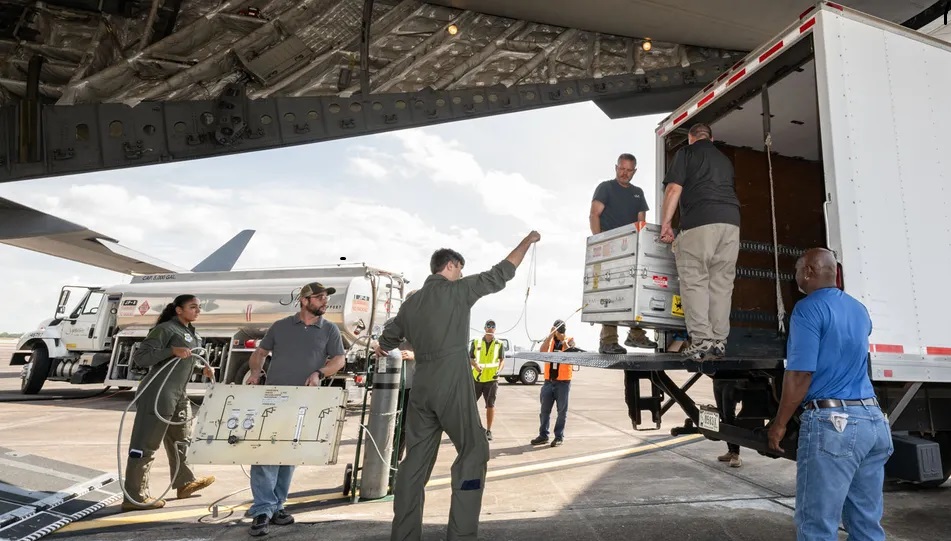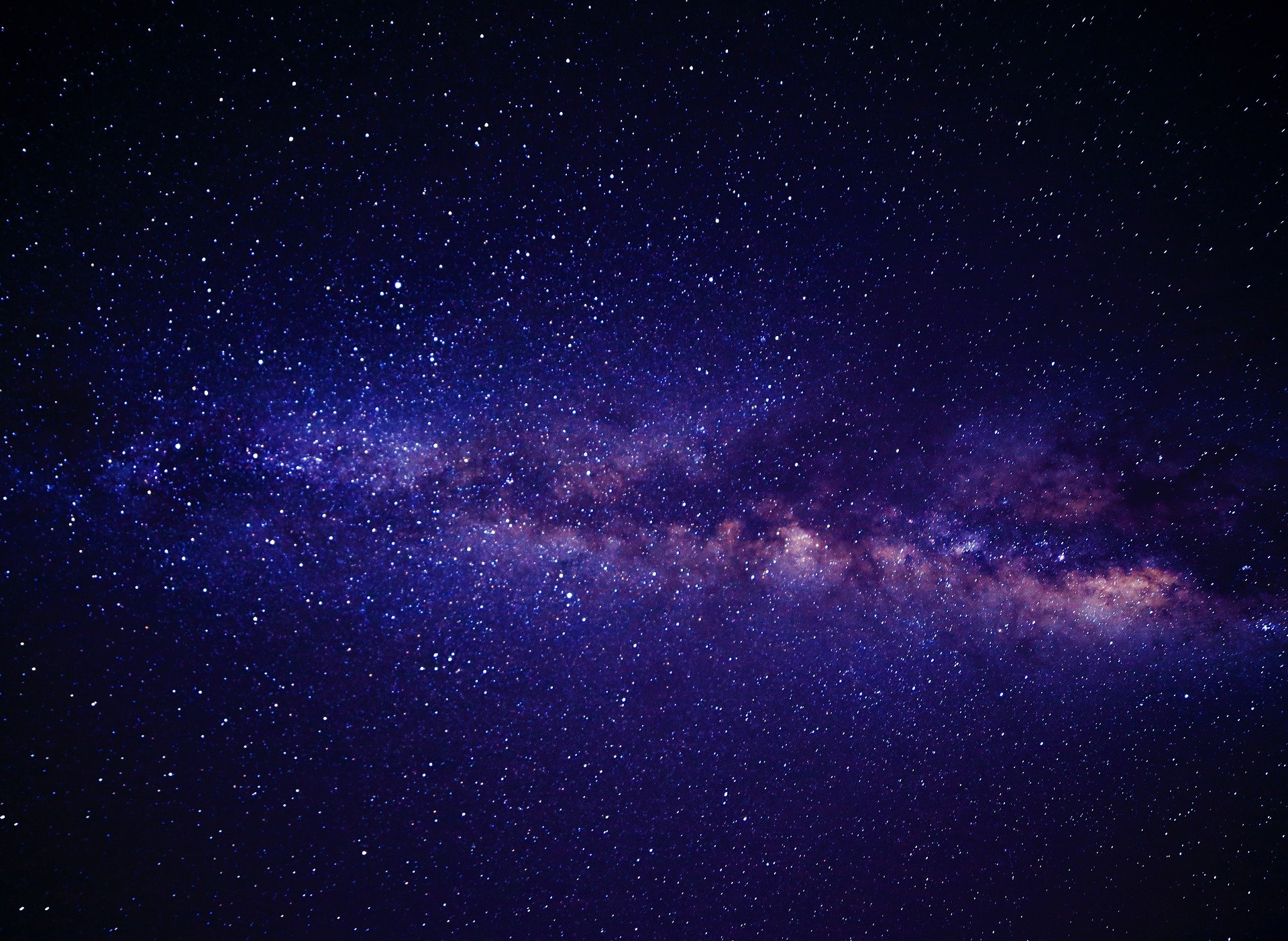OSIRIS-REx’s Bennu sample reached Houston: 70% of which preserved for unborn future scientists
The first-ever original sample collected from any asteroid by NASA’s OSIRIS-REx mission has completed its extraordinary journey. 70% of the sample will be preserved for future scientists not yet born, according to OSIRIS-REx asteroid sample return mission press kit. It touched down in the Utah desert on Sunday (Sept. 24) before swiftly being airlifted to its final resting place in Houston on Monday (Sept. 25).

The OSIRIS-REx spacecraft, launched in September 2016, executed a flawless touchdown in the Beehive State. The OSIRIS-REx probe rendezvoused with asteroid Bennu in December 2018. After 22 months of intense study, it reached out and gently grasped a sample of Bennu’s surface, an unprecedented achievement by any NASA probe.
The return journey began in May 2021, with the probe releasing its precious cargo on a controlled descent to Earth on September 24, 2023. The Bennu sample, a stash of dirt and gravel weighing approximately 8.8 ounces, now finds itself in the hands of NASA’s Johnson Space Center in Houston, where it will be curated and preserved for posterity.
What sets this mission apart is the commitment to advancing the frontiers of knowledge. While scientists worldwide eagerly await their chance to explore the Bennu sample, a staggering 70% of it will remain untouched, awaiting the day when scientists not yet born will try to unlock its secrets with technologies not yet invented.
The mission’s main science objectives are to delve into the sample to glean insights into planetary formation, the origins of life, and the potential impact of carbon-rich asteroids like Bennu on Earth.
NASA’s Johnson Space Center (JSC), based in Houston, welcomed OSIRIS-REx to the city and also stated that the data collected could aid scientists worldwide in studying planetary formation, the origins of life, and the potential impact of asteroids on Earth.
With access to about 25% of the material, the OSIRIS-REx science team will start a two-year journey of discovery, while the Canadian Space Agency and the Japan Aerospace Exploration Agency (JAXA) will also receive their allotted portions (4% and 0.5% respectively).
The Canadian Space Agency had provided OSIRIS-REx’s laser altimeter instrument, and OSIRIS-REx had collaborated with the Japan Aerospace Exploration Agency (JAXA)’s Hayabusa2 mission, which returned a small sample of the asteroid Ryugu to Earth in December 2020.
The remaining 70% of this cosmic treasure will remain untouched for the scientists of tomorrow to unravel more ‘unknowns‘, using tools and technology yet to be discovered.
Auto Amazon Links: No products found.


